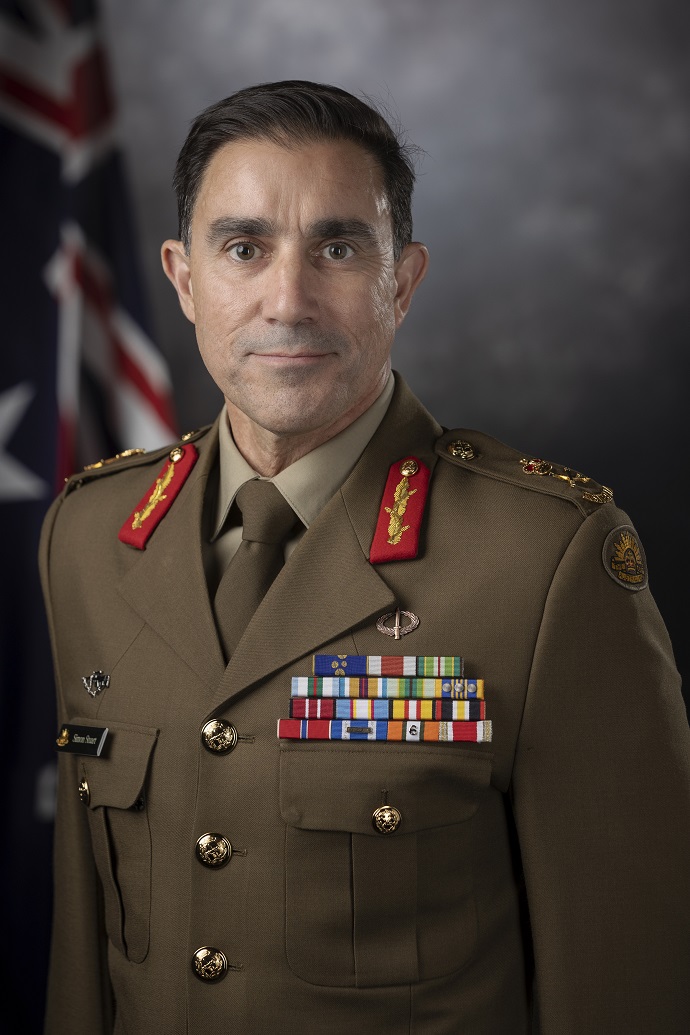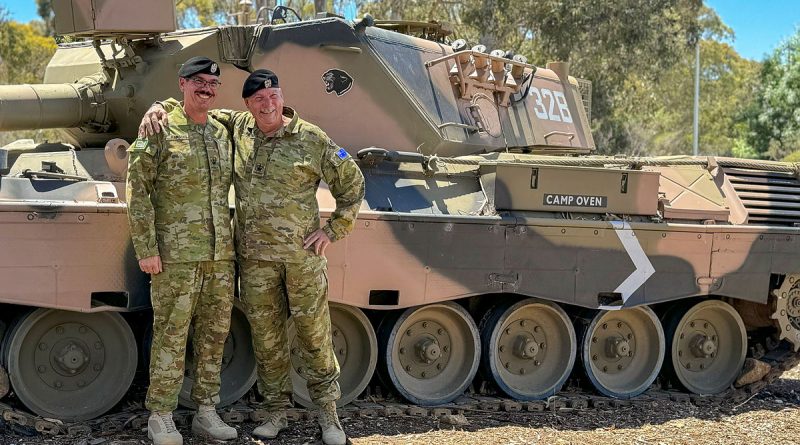Photo: Officer school training is being trialled as just a year-long course. (Jarrod Moreels/Defence)
It’s a shift towards efficiency over extended duration, aptly termed as ‘working smarter, not longer’.
The Australian Defence Force (ADF) is embarking on a trial program to condense officer training from 18 months to just 12 months, aiming to accelerate and intensify cadet preparation.
Since July 2023, the Royal Military College-Australia and Combined Arms Training Centre have merged into the Land Combat College (LCC), headquartered in Canberra and Puckapunyal, streamlining operations to serve as the singular training authority for foundational training and combat capabilities for land specialists.
This new approach, implemented at the start of the year and trialled from January 2024 to December 2025, represents a significant step forward in the army’s pursuit of a unified, adaptable force.
Brigadier Jason Groat, Commandant of the Land Combat College, emphasized the continuous evaluation of trainees throughout the program, with adjustments made as necessary.
The trial Officer Commissioning Program comprises six modules focusing on leadership, command, foundation warfighting, and military planning, aiming to cultivate essential skills uniformly across all officers.
The primary goal of this accelerated training initiative is to expedite the readiness of Service Category 7 generalist officers, setting a precedent for enhancing training across other categories.
Lieutenant Colonel Brian Hickey, Commanding Officer of RMC-D, stressed the retention of core performance elements and critical skills in the revamped training approach, incorporating technological advancements and innovative instructional methods to eliminate redundancy and maximize efficiency.
In essence, this streamlined training regimen aims to sharpen focus and effectiveness, ensuring optimal readiness with fewer resources.











